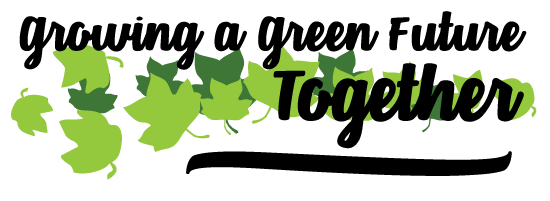Brought to you by the Carolinian Canada Coalition: a diverse network of groups and individuals that are greening the future of southwestern Ontario

|
Please Do Not Reply. Forward all Replies to: info@carolinian.org Brought to you by the Carolinian Canada Coalition: a diverse network of groups and individuals that are greening the future of southwestern Ontario |
 |
| Homepage | Subscribe | Update Your Profile |
For Immediate ReleaseMedia Release: Volunteers uncover some of Elgin’s hidden gems through the Elgin Natural Heritage Inventory Local stewards Grant and Mary Ann Harvey encourage other landowners to learn more about local nature through the Elgin Inventory (photo credit: The Harveys) Elgin County, ON. October 1, 2014 – Elgin County is perhaps best known for its sandy beaches, rich agricultural industry and historic rail line. But the wild places of Elgin, and the diverse array of species that live here, are often overlooked. Until now. Carolinian Canada staff and a small army of volunteers are cataloguing the rare plants and animals that call this area home. “To date we’ve found many significant species such as Bank Swallow, Butternut and Red-headed Woodpecker,” says Sara Howe, Elgin Natural Heritage Inventory Assistant. “We are updating records that are as much as 30 years out of date. A lot can change in this time.” Taking stock of Elgin’s natural rarities is important. Three decades ago, many of the species now known to be in decline would not have been listed as rare and their numbers would not have been monitored. While this inventory is serving to update existing information, some gems are new discoveries. “A wild Ginseng population and a rare wet prairie habitat are some unique finds,” comments Jarmo Jalava, Carolinian Canada’s Director of Ecosystem Recovery. “According to Wasyl Bakowsky, one of our premier prairie experts, the prairie seems to be the first of its kind ever seen in Ontario.” Elgin County landowners can register their properties for an inventory as part of the project. Those who have done so have found the experience rewarding. Grant and Mary Ann Harvey view the Elgin Inventory as a chance for residents to gain a greater appreciation for the wealth of nature at their doorstep. For the past 12 years, the couple have planted trees, installed bird boxes and created tallgrass prairie on their farm near Tillsonburg. Now they are eager for Carolinian Canada staff and volunteers to scour their 57 acre property for rare finds. “This is a great opportunity to learn a little more about what’s here,” says Mary Ann. Grant adds, “Inventory results can help property owners like us increase our appreciation for surrounding wildlife. Know what you’ve got before it’s gone – it can be a starting point for improving habitat for species whose populations are dwindling.” Keen volunteers are needed to help with the autumn inventory. The fall is a great time of year to explore meadows and prairies, look for reptiles and seek out places where birds gather to migrate. Participants who register to take part in the inventory can opt to do so on their own or as part of a team under the guidance of experts. Whether soloing or as a group, seeking out Elgin’s natural gems can transform a hike into a worthwhile adventure. It’s an opportunity to view the county in a new light – one that illuminates the uniqueness of nature close to home. For those who take part, the information collected is more than a list. Once the data is compiled, it will serve to create a better understanding of Elgin’s biodiversity and help focus conservation efforts to create healthier habitats and a brighter future. Funding Partners – This program is funded through the Ministry of Natural Resources and Forestry’s Species At Risk Stewardship Fund and Environment Canada’s Sciences Horizon’s Youth Internship Program. For More Information or to register as a volunteer: Sara Howe, Elgin Natural Heritage Inventory Assistant About Carolinian Canada Coalition: Carolinian Canada Coalition brings together diverse groups and individuals to advance a collaborative conservation strategy for healthy ecosystems and thriving communities in the Carolinian Life Zone. Stretching from Toronto to Windsor, Canada’s Deep South is among North America’s most vibrant and fragile ecoregions. 30 |
| Subscribe | Update Your Profile | Unsubscribe |

|
|
Brought to you by Carolinian Canada: a network of leaders growing healthy landscapes for a green future in the Carolinian Zone, Ontario’s extraordinary far south  Innovation Works, by appointment
201 King Street London, ON N6A 1C9 Canada |

|